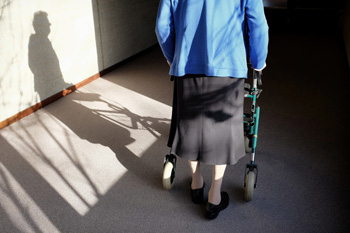 The foot is made up of 26 bones, and a fracture to any of them can lead to complications. A broken foot can have a variety of causes including falls, trauma, or even conditions such as osteoporosis. When the foot is broken, a snap or cracking sound may be heard, and in severe cases, the bone may even protrude from the skin. A fracture will lead to pain and swelling in the area, and putting weight on the foot will be difficult. Patients who may have broken their foot should consult with a podiatrist in order to determine the area and severity of the stress fracture. A podiatrist will be able to provide a treatment method for the given situation
The foot is made up of 26 bones, and a fracture to any of them can lead to complications. A broken foot can have a variety of causes including falls, trauma, or even conditions such as osteoporosis. When the foot is broken, a snap or cracking sound may be heard, and in severe cases, the bone may even protrude from the skin. A fracture will lead to pain and swelling in the area, and putting weight on the foot will be difficult. Patients who may have broken their foot should consult with a podiatrist in order to determine the area and severity of the stress fracture. A podiatrist will be able to provide a treatment method for the given situation
A broken foot requires immediate medical attention and treatment. If you need your feet checked, contact the podiatrists from Boston Common Podiatry. Our doctors can provide the care you need to keep you pain-free and on your feet.
Broken Foot Causes, Symptoms, and Treatment
A broken foot is caused by one of the bones in the foot typically breaking when bended, crushed, or stretched beyond its natural capabilities. Usually the location of the fracture indicates how the break occurred, whether it was through an object, fall, or any other type of injury.
Common Symptoms of Broken Feet:
- Bruising
- Pain
- Redness
- Swelling
- Blue in color
- Numbness
- Cold
- Misshapen
- Cuts
- Deformities
Those that suspect they have a broken foot shoot seek urgent medical attention where a medical professional could diagnose the severity.
Treatment for broken bones varies depending on the cause, severity and location. Some will require the use of splints, casts or crutches while others could even involve surgery to repair the broken bones. Personal care includes the use of ice and keeping the foot stabilized and elevated.
If you have any questions please feel free to contact our office located in Boston, MA . We offer the newest diagnostic and treatment technologies for all your foot and ankle needs.

 Metatarsalgia
Metatarsalgia Bunions
Bunions 







